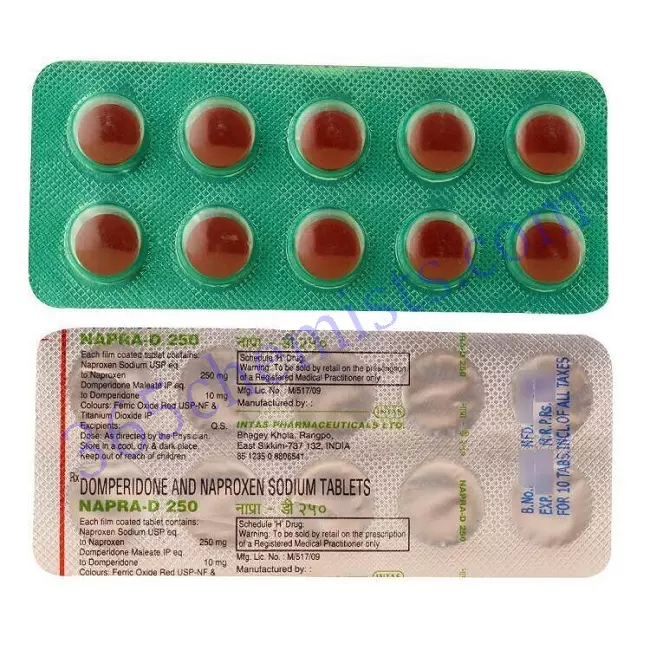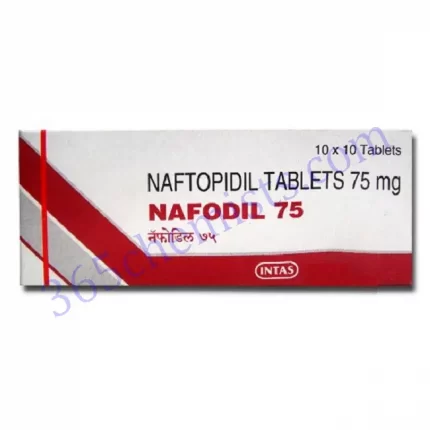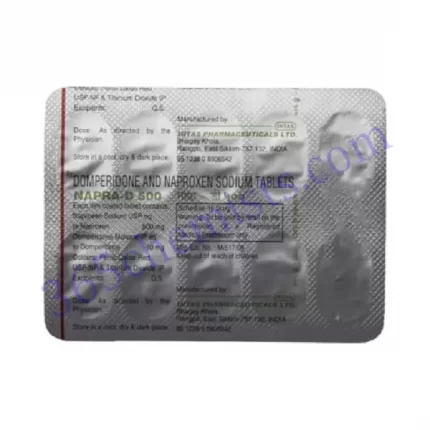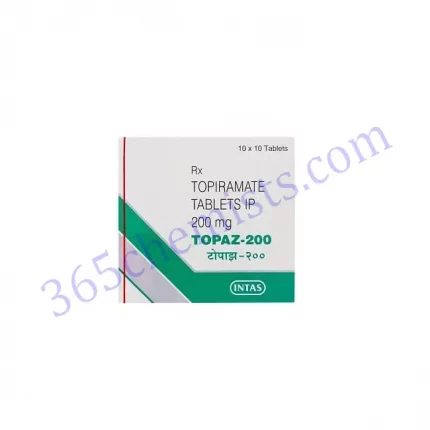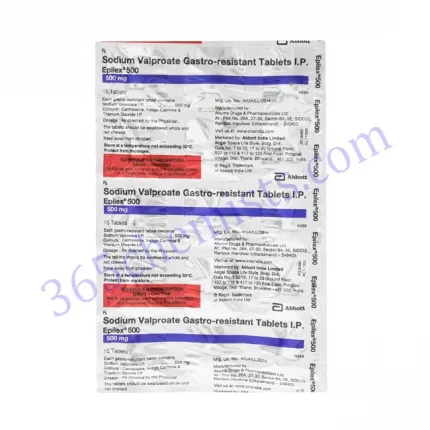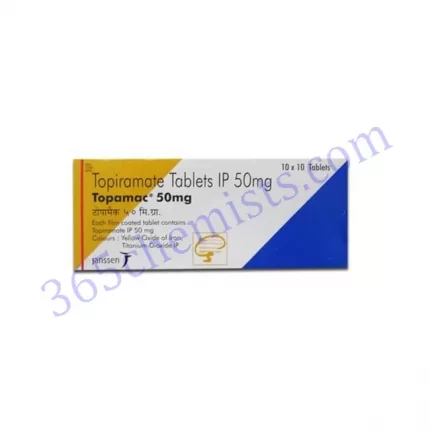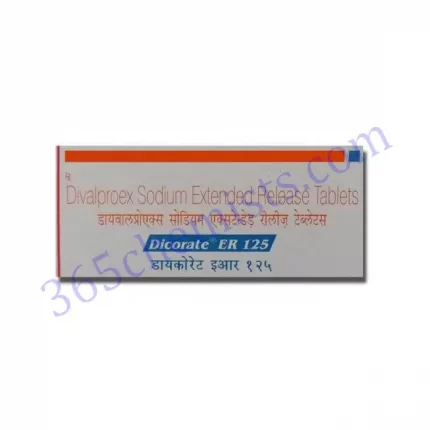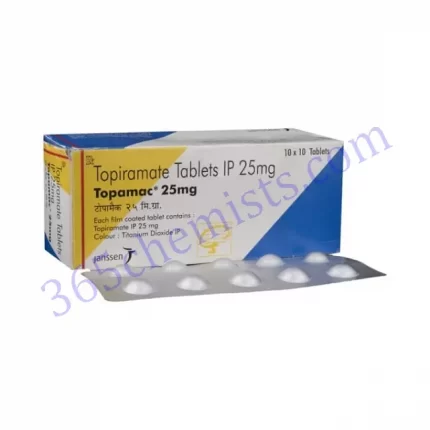Introduction to Napra D 250mg Tablet
The drug Napra D 250mg Tablet contains the active ingredients naproxen and domperidone. It is frequently prescribed by medical professionals to treat a variety of conditions’ pain and inflammation. Naproxen is a prokinetic agent, whereas Domperidone is a nonsteroidal anti-inflammatory drug (NSAID). This tablet is primarily used to relieve pain brought on by illnesses like arthritis, menstrual cramps, strained muscles, and headaches. Additionally, it aids in lowering swelling and inflammation.
Composition of Napra D 250mg Tablet
Two primary active ingredients make up Napra D 250mg Tablet:
- Naproxen: Naproxen is a member of the NSAID drug class, which includes other NSAIDs. It functions by preventing the body from producing some substances that are responsible for inflammation and pain. Naproxen works well to lower fever, reduce inflammation, and relieve pain. It is frequently prescribed for diseases like gout, ankylosing spondylitis, osteoarthritis, rheumatoid arthritis, and other musculoskeletal disorders.
- Domperidone: A prokinetic substance that aids in enhancing gastrointestinal motility is domperidone. It works by inhibiting the brain’s dopamine receptors, which in turn causes the stomach and intestines to contract and move more quickly. The most common conditions that dopamine is used to treat include nausea, vomiting, bloating, and heartburn. Additionally, it helps to treat the symptoms of gastroparesis and gastroesophageal reflux disease (GERD).
Related Product
Napra D 250mg Tablet
Napra D 500mg Tablet
Uses of Napra D 250mg Tablet
Naproxen and Domperidone work together to produce several therapeutic advantages in Napra D 250mg Tablet. These are the main applications for this medication:
- Menstrual cramps, muscle strains, dental pain, headaches, osteoarthritis, rheumatoid arthritis, and headaches are just a few of the conditions that Napra D 250mg Tablet effectively relieves. By preventing the creation of substances that cause pain, it aids in the relief of both acute and chronic pain.
- Reduction of inflammation: The anti-inflammatory properties of Napra D 250mg Tablet’s Naproxen component are well-known. It aids in reducing swelling and inflammation in tissues and joints affected by rheumatoid arthritis or other inflammatory diseases.
- Relief of gastrointestinal symptoms: Domperidone, found in Napra D 250mg Tablet, helps to lessen the symptoms of the digestive system, including nausea, vomiting, bloating, and heartburn. It aids in regulating food passage through the digestive tract and enhancing digestion.
- In order to treat the symptoms of gastroesophageal reflux disease (GERD), which is characterised by acid reflux from the stomach into the oesophagus, a doctor may prescribe Napra D 250mg Tablet. Domperidone aids in reducing the frequency of reflux episodes and easing the symptoms that go along with them.
- Management of gastroparesis: Gastroparesis is a condition that causes the stomach muscles to not work properly, delaying the emptying of the stomach. The prokinetic properties of Napra D 250mg Tablet can aid in enhancing stomach motility and reducing symptoms like bloating, nausea, and early satiety.
Side Effects of Napra D 250mg Tablet
Napra D 250mg Tablet has therapeutic advantages, but it also has potential negative effects. It is critical to be informed about these possible negative effects. Napra D 250mg Tablet potential side effects include:
- gastrointestinal issues: Naproxen and Domperidone both have the potential to have gastrointestinal side effects like indigestion, nausea, vomiting, diarrhoea, and abdominal pain. Although these symptoms are typically minor and short-lived, it is best to seek medical advice if they worsen or continue.
- Domperidone has been known to make some people feel sleepy or dizzy. If you experience such side effects, it is advised to refrain from performing tasks that call for mental clarity, such as operating heavy machinery or driving.
- Reactions to Napra D 250mg Tablet may cause allergic reactions in rare circumstances. An allergic reaction can cause a rash, itching, swelling, dizziness, and breathing difficulties. It is important to seek medical attention right away if any allergic reaction symptoms manifest.
- Effects on the cardiovascular system: NSAIDs, including naproxen, may make cardiovascular events like heart attacks and stroke more likely. Particularly in people with a history of heart disease or risk factors for cardiovascular events, it is critical to use Napra D 250mg Tablet at the lowest effective dose and for the shortest duration necessary.
It’s important to remember that the list above is not all-inclusive and that other side effects could happen. For comprehensive details on the potential side effects and precautions related to Napra D 250mg Tablet, it is advised to speak with a healthcare professional.
Precautions and Warnings
It is crucial to take the following safety measures into account before taking Napra D 250mg Tablet:
- Allergies: People should avoid taking Napra D 250mg Tablet if they have a known allergy to naproxen, domperidone, or any other NSAID. Any known allergies or hypersensitivity reactions must be disclosed to your healthcare provider.
- In people with a history of gastrointestinal ulcers, bleeding, inflammatory bowel disease, or other gastrointestinal disorders, Napra D 250mg Tablet should be used cautiously. These people may have a higher chance of experiencing gastrointestinal side effects.
- Impairment of the kidneys and liver: Naproxen is primarily excreted from the body through the kidneys, whereas Domperidone is metabolised in the liver. Napra D 250mg Tablet should be used with caution by people who have impaired kidney or liver function because the dosage may need to be adjusted.
Napra D 250mg Tablet is not advised for use during pregnancy, especially during the third trimester, as it may harm the developing foetus. Additionally, it is advised against taking this medication while nursing because it can enter breast milk and potentially harm the child.
Conclusion
A combination drug called Napra D 250mg Tablet contains both naproxen and domperidone. It is frequently used to manage gastrointestinal symptoms, reduce inflammation, and relieve pain. Despite the fact that it has therapeutic advantages, it’s crucial to be aware of any potential side effects and take the appropriate safety measures. Before beginning any new medication, always speak with a medical professional to make sure it is appropriate for your unique condition.

